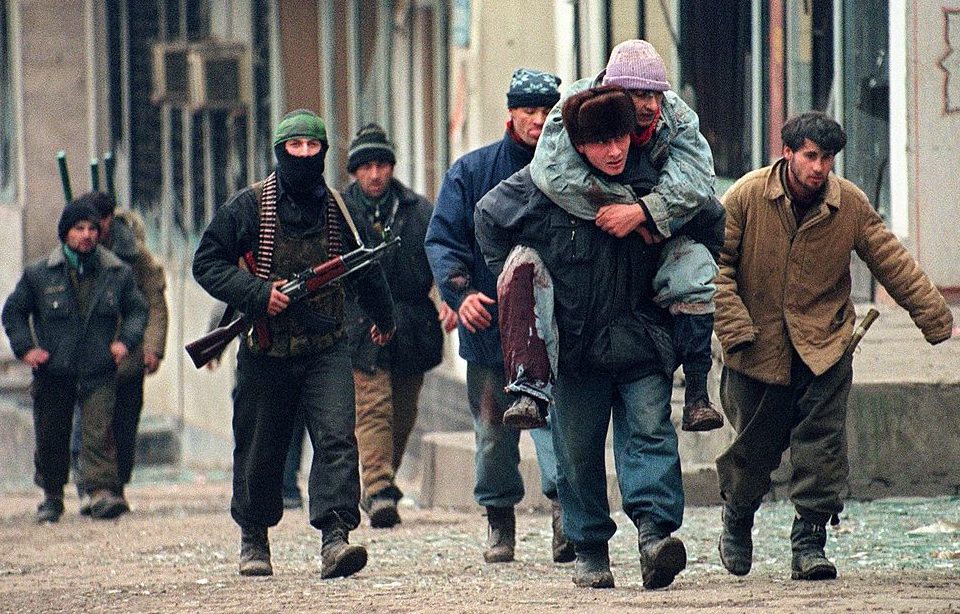In February 2022, Russian President Vladimir Putin sent the country’s Army to invade Ukraine. He believed he could make quick work of the invasion, but that isn’t what happened; Ukraine has continued to put up a fierce fight against its invaders.
In the early days of the Russia-Ukraine War, Putin announced that, along with the Russian Army, he would be sending in tens of thousands of Chechen fighters, a group that has a reputation for being fierce warriors. This is their origin story.
A brief overview of Chechnya’s history
The region where Chechnya currently stands has shown evidence of human inhabitation dating back to around 40,000 BC. Fast forward to the 1700s, Peter the Great was looking to push Russia’s political influence into the Caucasus, which encompasses the area between the Caspian and Black seas. To accomplish this, he launched the 1722-23 Russo-Persian War.
In the 1890s, oil was found in the region, carving the way to Chechen society become more cosmopolitan and European.
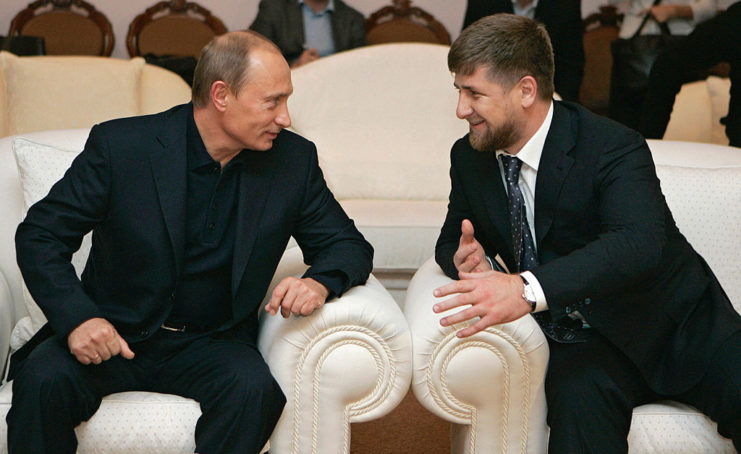
Entering into the 1900s, many Chechen citizens supported communism. When World War I began, many fought for the Imperial Russian Army. They made a name for themselves in 1916, when the Chechen-Ingush Cavalry Regiment routed the German Iron Regiment, which resulted in a personal “thank you” from Tsar Nicholas II.
By the 1940s, Chechnya was looking to become independent from Russia. During the Second World War, it was believed that the Chechens had aligned themselves with Germany, but this is now seen as largely false. While the German Army was able to conduct operations in Chechnya, an actual alliance between the two never came to fruition.
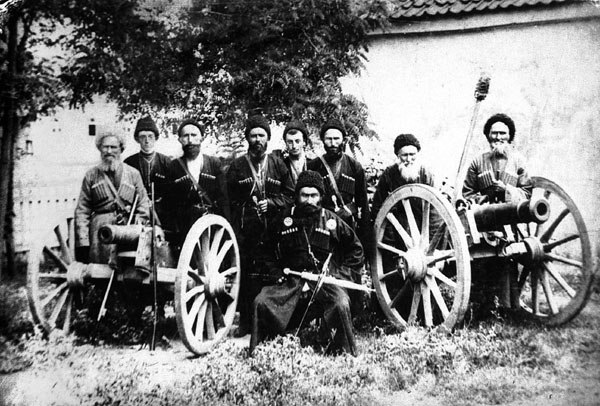
Over the last 80 years, Chechnya has been in regular conflict with Russia. However, the republic’s current leader, Ramzan Kadyrov, has closely aligned himself with Vladimir Putin.
The Chechens have a reputation for fierceness
Chechen fighters have long had a reputation for being fierce fighters. Much of this can be attributed to the wars they fought against Russia. The First Chechen War took place from December 1994 to August 1996, and culminated in the Battle of Grozny. Despite the size of the Russian forces and their access to weaponry, the Chechen guerrillas were victorious.
Based on estimates, it’s believed the amount of Chechen fighters ranged from 6,000 to 15,000, compared to the over 70,000 Russian troops sent to fight in the conflict.
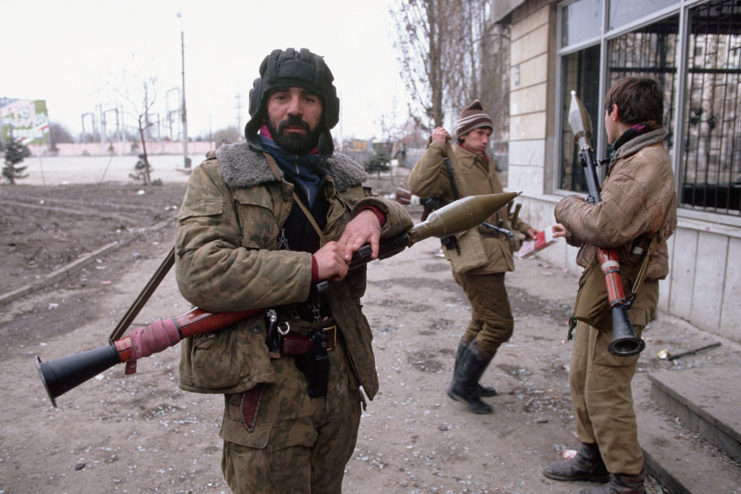
The two sides faced off again between 1999 and 2000 during the Second Chechen War. This time around, the conflict began when Chechen Islamic fighters entered Russia’s Dagestan region, declared it an independent state and called for a holy war. As with before, the Russian forces outnumbered the Chechens, 80,000 soldiers to just 30,0000.
This time around, Russia was victorious, leading the Chechens to conduct an insurgency until 2009. Eventually, Chechnya was reincorporated into Russia and, since then, has mostly been loyal to the country.
Chechen fighters and the War in Afghanistan
Chechnya has a large Muslim population, and while the majority of citizens are peaceful, there are those who have become extremists. Al Qaeda had been active in the region since the 1990s, and during the First and Second Chechen wars, fighters received help from the Mujahideen.
As a result, when the War in Afghanistan began in 2001, it was common for American troops to refer to their opponents as Chechens.
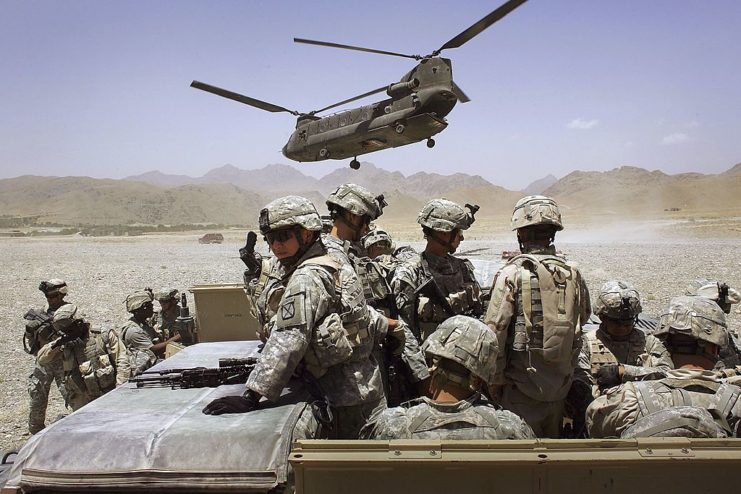
While there were some Chechens involved in the fighting, their presence in Afghanistan wasn’t all that big. As author Sean Naylor explained to Task & Purpose:
“That is not to say that there haven’t been individual Chechens or very small groups of Chechens out there fighting in Afghanistan or elsewhere, but there are more people in Central Asia than there are in Chechnya. It’s likely that – particularly in Afghanistan – that a lot of the fighters who have been casually referred to as Chechens were in fact not Chechens, but Central Asians.”
Putin’s deployment of fighters during the invasion of Ukraine
Despite their regions’ rocky history, Chechen leader Ramzan Kadyrov has maintained a close relationship with Vladimir Putin. As such, the Russian president knew he could count on Kadyrov to provide him with troops for his invasion of Ukraine.
Evelyn Farkas, the executive director of the McCain Institute, told Task & Purpose, “The Chechen fighters report up to their leadership, to Ramazan Kadyrov, who reports to Putin. There is no formal relationship with the Russian military command and these Chechen fighters are known for their brutality. As for effectiveness, they certainly are effective at terrorizing populations.”
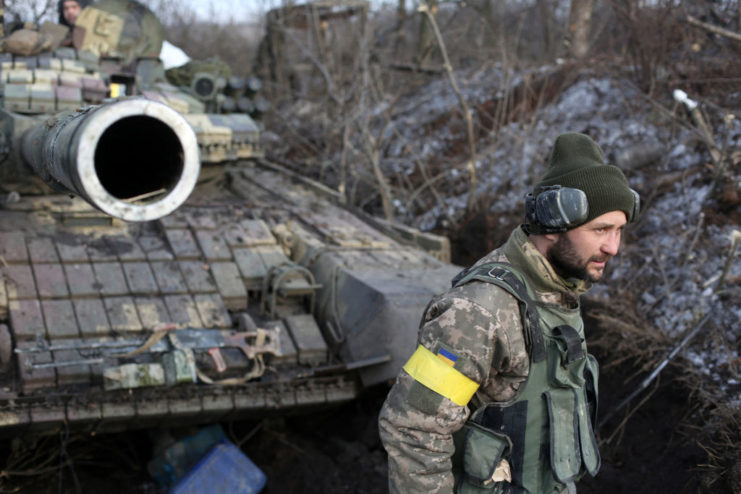
More from us: The History of Snake Island: From WWI to the Russian Invasion of Ukraine
While the Chechen fighters have come into the conflict with a fierce reputation, there doesn’t seem to be anything that scares the Ukrainian Army. Both Russians and Chechnyans have launched attacked, but the Ukrainians have ceded little ground. To some, this has to do with the fact that those fighting today are different from the Chechen fighters who fought in the 1990s, in both their styles and motives for combat.
